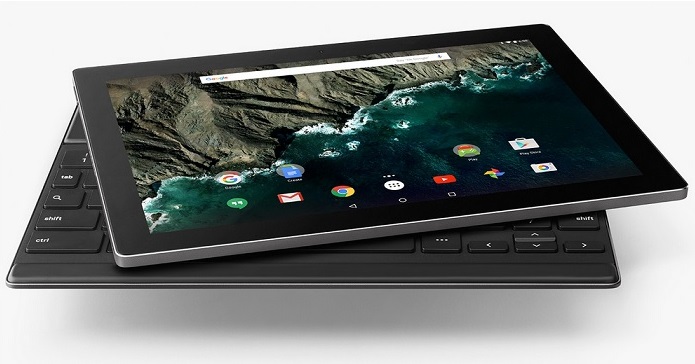iPad Pro vs. Surface Pro 4 vs Pixel C comparison: How do Google, Microsoft and Apple fare against its hybrids?

When Google held its Sept. 29 event, one of the surprise treats for its fans was that the company was entering the hybrid, 2-in-1 tablet wars. Google has unveiled its Pixel C tablet, and with its specs sheet and design, industry observers saythat the tablet is Google's answer to other professional-level hybrid devices. It will go toe to toe with the recently released iPad Pro by Apple and the upcoming Surface Pro 4 iteration by Microsoft.
Design
In terms of looks and feel, the Pixel C can be considered the premium tablet flagship of Google. Google apparently had professional-level aesthetics in mind in designing the Pixel C and made it leagues better than the tablets already available under the previous Nexus lineup. Sleek and thin enough, the Pixel C holds its own against Apple's iPad Pro and, hopefully, also when compared to the yet-to-be-confirmed Surface Pro 4.
Display
Apple installed the iPad Pro with its proprietary Retina display, giving the tablet a vibrant screen with rich and vivid colors. It is also definitely larger, coming in at 12.9 inches. The Pixel C, meanwhile, compensates for its smaller 10.2-inch display by having a resolution on a par with the iPad Pro, giving users a 2560 x 1800 pixel ratio. No word yet on the Surface Pro 4's display feature, but if it's going tobe the same as the Surface Pro 3 in terms of display, users will be looking at a 12-inch screen with 2160 x 1440 resolution.
Under the hood
Google installed the Pixel C with an Nvidia Tegra X1 chipset with Maxwell GPU, and finished it with 3 GB of RAM. This made Google's entry a decent mobile workhorse. Apple, on the other hand, fitted the iPad Pro with its next-gen A9X processor, along with 4 GB of RAM. In terms of platforms, both products came out with the newest versions; the iPad Pro has iOS 9, while the Pixel C will ship out with Android 6.0 Marshmallow.











